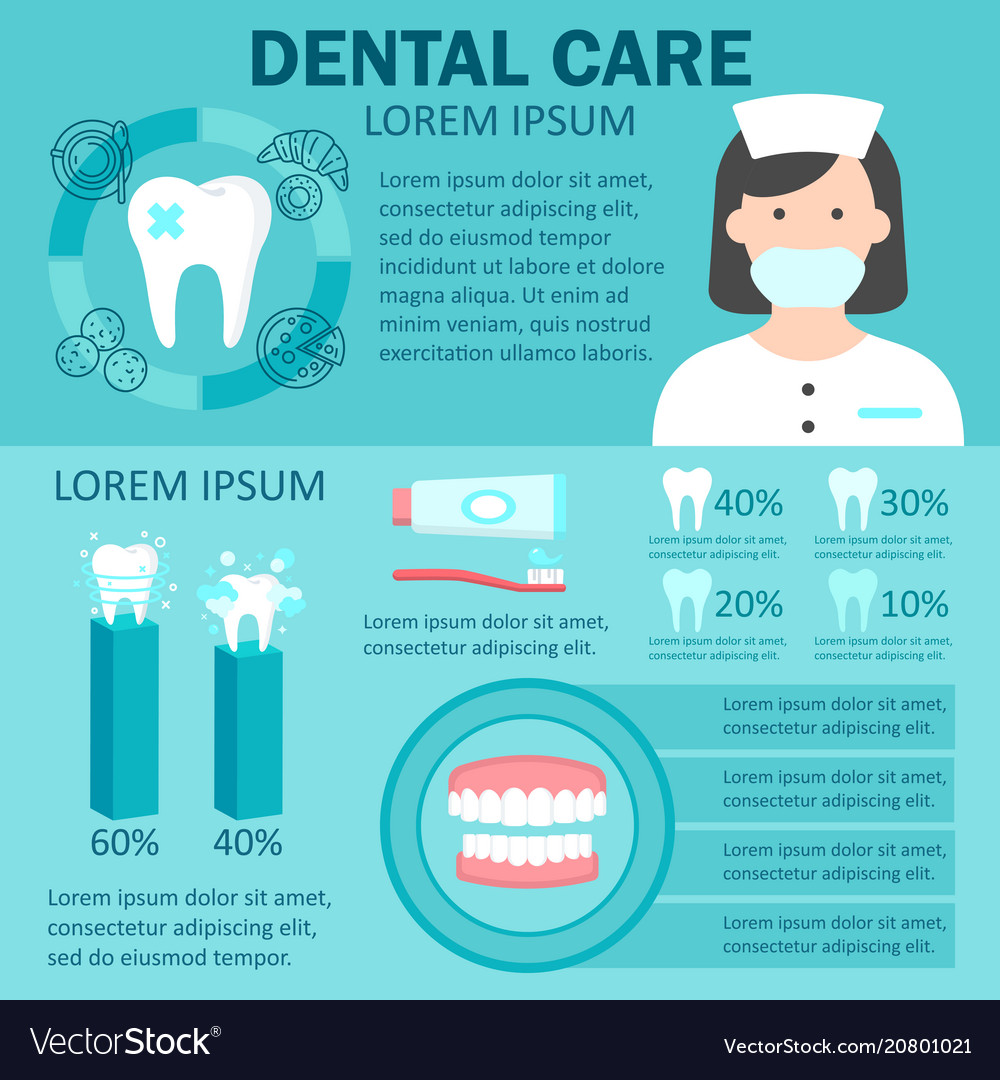Reveal The Transformative Improvements That Are Reshaping Oral Surgery. Look Into The Future Of This Technique And Keep A Competitive Edge. Click Currently To Gain Insight Into What Lies Ahead
Reveal The Transformative Improvements That Are Reshaping Oral Surgery. Look Into The Future Of This Technique And Keep A Competitive Edge. Click Currently To Gain Insight Into What Lies Ahead
Blog Article
Web Content Create By-Bendixen Browne
Welcome to the globe of dental surgery, where innovations and advancements are forming the future of the area! In this amazing world, you'll witness the transformative power of robotics, the sophisticated marvel of 3D printing, and the game-changing effect of minimally invasive methods.
The future of dental surgery holds a pledge of accuracy, efficiency, and improved patient end results. With the help of advanced robotics, cosmetic surgeons have the ability to perform complex procedures with better precision and control.
3D printing modern technology is transforming the creation of oral implants and prosthetics, offering tailored solutions that fit seamlessly into each person's one-of-a-kind anatomy.
Additionally, minimally intrusive methods are decreasing post-operative pain and recovery time, permitting individuals to go back to their lives quicker.
Prepare to discover the amazing innovations and developments that are reshaping the landscape of oral surgery!
Developments in Robotics
One significant innovation in dental surgery is the use of robotic technology, which enables specific and effective operations. With the help of robotic systems, oral surgeons have the ability to perform complicated surgeries with boosted precision, decreasing the threat of human error.
These robot systems are equipped with advanced imaging technology and specific tools that enable cosmetic surgeons to navigate through detailed physiological frameworks with ease. By utilizing robot modern technology, cosmetic surgeons can achieve higher surgical accuracy, leading to improved individual outcomes and faster healing times.
Additionally, using robotics in oral surgery enables minimally intrusive treatments, reducing the injury to bordering tissues and promoting faster recovery.
3D Printing in Dental Surgery
To boost the area of dental surgery, you can check out the subtopic of 3D printing in dental surgery. This ingenious technology has the potential to revolutionize the method oral specialists run and treat individuals. please click the following internet site are 4 essential methods which 3D printing is shaping the field:
- ** Personalized Surgical Guides **: 3D printing allows for the development of highly accurate and patient-specific medical guides, boosting the accuracy and effectiveness of procedures.
- ** Implant Prosthetics **: With 3D printing, dental surgeons can produce tailored dental implant prosthetics that completely fit a client's distinct composition, resulting in much better end results and patient complete satisfaction.
- ** Bone Grafting **: 3D printing allows the manufacturing of patient-specific bone grafts, decreasing the demand for standard implanting strategies and enhancing healing and recovery time.
- ** Education and Training **: 3D printing can be made use of to produce reasonable medical models for educational objectives, allowing dental surgeons to exercise complicated treatments prior to performing them on patients.
With its potential to boost accuracy, personalization, and training, 3D printing is an exciting development in the field of oral surgery.
Minimally Invasive Methods
To further progress the field of oral surgery, embrace the capacity of minimally invasive strategies that can greatly benefit both doctors and people alike.
Minimally invasive strategies are transforming the area by lowering surgical injury, decreasing post-operative pain, and speeding up the recovery process. These strategies involve using smaller sized incisions and specialized instruments to execute procedures with accuracy and effectiveness.
By making use of sophisticated imaging innovation, such as cone beam of light computed tomography (CBCT), doctors can precisely plan and carry out surgeries with very little invasiveness.
Additionally, using lasers in dental surgery allows for accurate tissue cutting and coagulation, resulting in decreased bleeding and lowered recovery time.
With minimally invasive strategies, clients can experience faster healing, decreased scarring, and enhanced outcomes, making it a necessary aspect of the future of oral surgery.
https://tooth-extraction-cost51738.smblogsites.com/33001548/prepare-yourself-for-your-oral-implant-appointment-with-our-vital-checklist-uncover-what-to-plan-for-a-successful-discussion-with-your-dentist , as you can see, the future of dental surgery is unbelievably appealing, with exciting advancements and advances shaping the area.
From the innovations in robotics to the use of 3D printing and minimally intrusive methods, dental surgeons are changing the way they supply treatment.
While some might worry about the prospective price associated with these developments, it is very important to bear in mind that these modern technologies eventually boost person outcomes and minimize recuperation time, making them well worth the financial investment in the long run.
